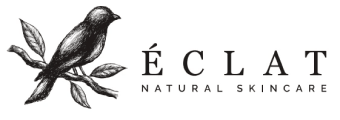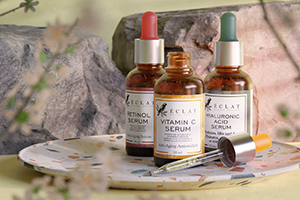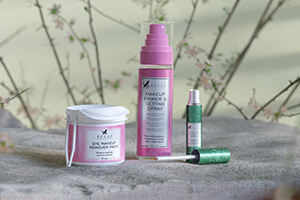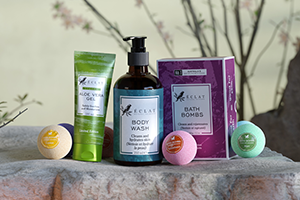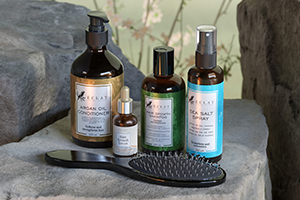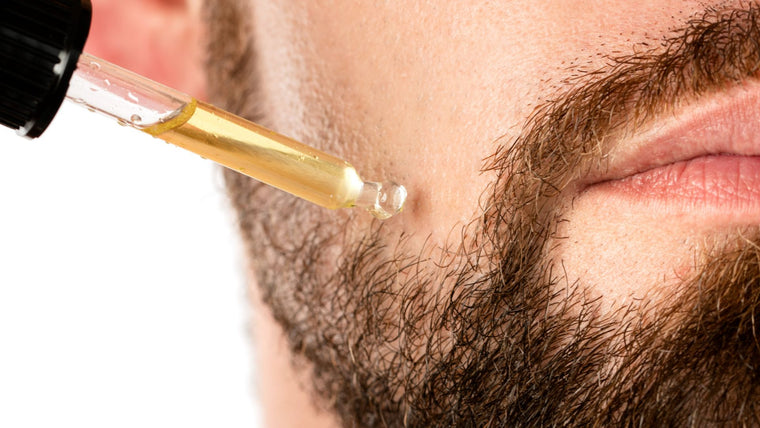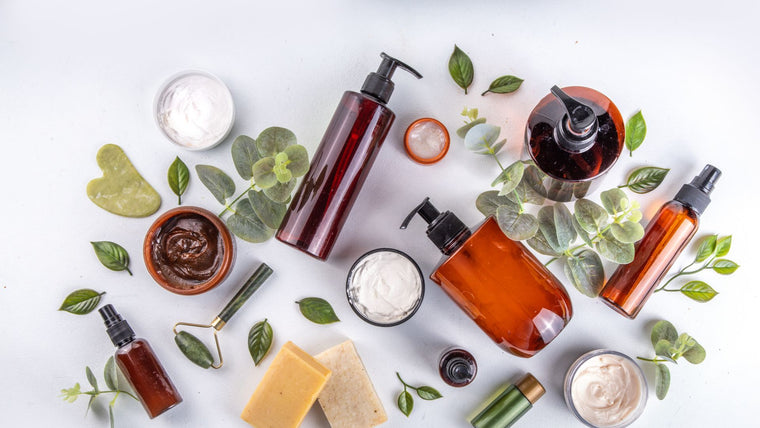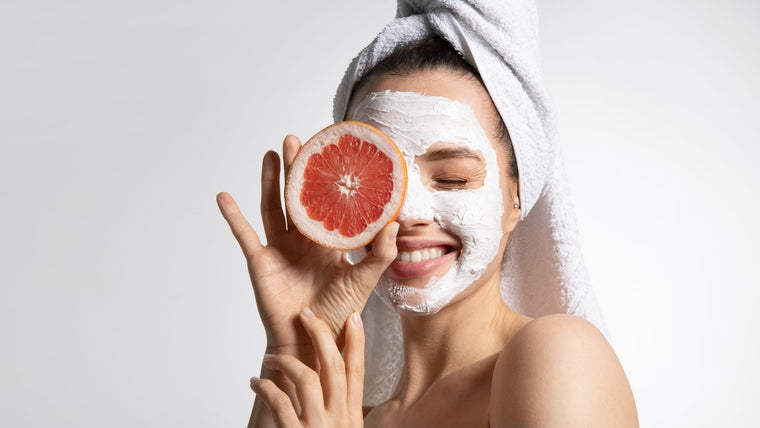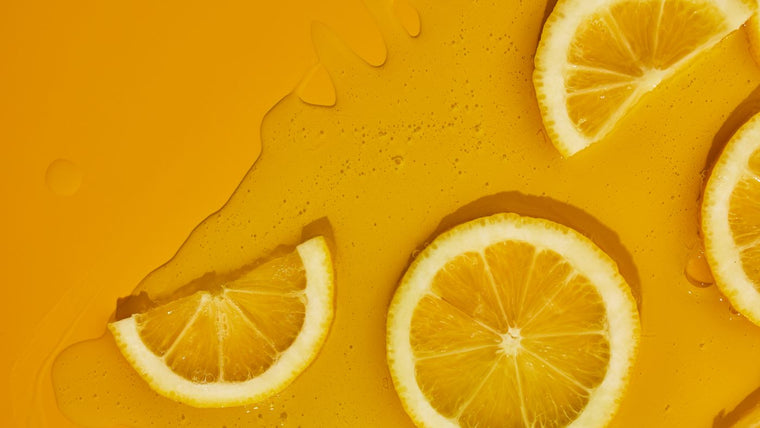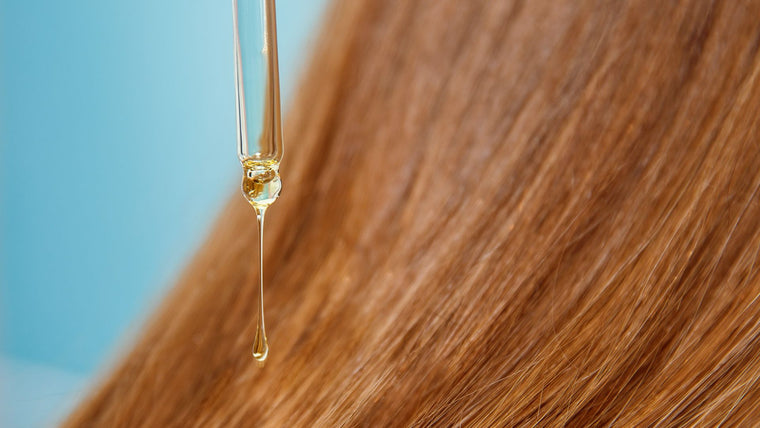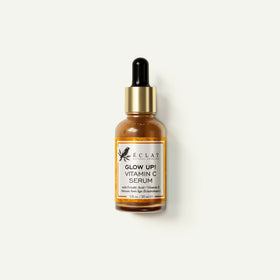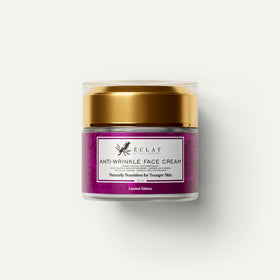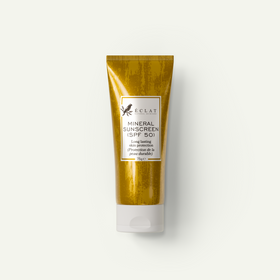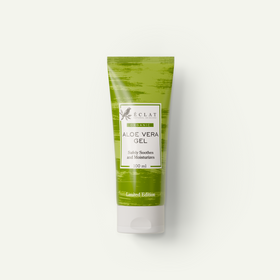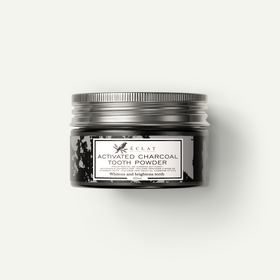Skincare Slugging: What Is it, and Should You be Doing it?
- 31/07/2023

Whether it's coming from your favorite skinfluencer, beauty writer, or YouTuber, you've probably heard the term 'slugging' thrown around a lot lately.
It's way more than just another social media trend, though. The concept of slugging with petroleum jelly originates from the K-beauty community, where it's already been popular for several years. There are even peer-reviewed studies that speak to its efficacy.
If you're as curious about the slug life as we are, let’s deep dive into this intriguing technique.
What is slugging skincare?
Keeping your skin barrier healthy is essential for keeping your skin hydrated, radiant, and balanced. The problem is, this area is also very delicate—and that's where slugging can help. It's the process of coating your face with petroleum jelly (Vaseline), healing ointment, or other occlusives before going to bed.
What does slugging do for your skin?
Keeping a protective layer of product on overnight helps to prevent transepidermal water loss (TEWL). Relying on the power of occlusives, skincare slugging works by trapping in moisture, so it's no surprise that it's a popular beauty hack for people with dry skin.
As well as working as a skin protectant against water loss, Vaseline helps to seal in other products you've used in your routine. This can potentially heighten their benefits, and leave you with glowing skin.

It's important to note that slugging alone isn't moisturizing: you need to use it in conjunction with, at the minimum, your go-to moisturizer. The technique alone simply boosts the level of hydration you get from your regular products, as it stops them from seeping out.
Is slugging bad for skin?
Talk to any board-certified dermatologist and they won't disagree with slugging in general. However, they will tell you that slathering on occlusives isn't a smart choice for all skin types or routines. If you have oily, acne-prone skin, slugging isn't going to help with clogged pores (in fact, quite the opposite!). And if you're using powerful active ingredients, like retinol, layering a slugging product over the top has the potential to harm skin.
We'll get more into slugging for different skin types—and cover some product-mixing do's and don'ts—in a moment. First, let's talk through the basics of slugging for skin care.
How to slug your skin
- Cleanse your skin: Kick things off with a gentle cleanser. If needed, double cleanse so your face is super clean and free from makeup and grime.
- Add any serums: As an optional step, apply a serum that's targeted to your skin type.
- Moisturize: Add your favorite moisturizing cream, gel, or lotion, then let it soak in.
- Slug: As the last step, apply a thick layer of Vaseline, healing ointment, or occlusive moisturizer to lock in hydration (and your products).
A few slugging tips (including how to make it less messy!)
To create a highly protective barrier on the skin, aim to cover your entire face with Vaseline. However, if you have combination or oily skin you might prefer to slug less thoroughly: Try applying just a thin layer in the places you need it.

Our final tip if you're adding heavy occlusives to your skincare routine? Try to do all of this as far before bedtime as you can. Your skin will need a few hours (and then some) to absorb heavy treatments like petroleum jelly. But if you can't wait to get into bed, you can always layer a towel over your pillowcase. Make sure to keep your hair away from your skin too. Slugging is messy!
The best moisturizers and serums to use when slugging
Slugging is all about hydration, so it works best with products that lock moisture into skin. Our top recommendation here is anything containing hyaluronic acid. HA acts as a humectant, which draws moisture into skin to prevent water loss. Éclat Hyaluronic Acid Serum is a super-hydrating formula that's gentle enough for sensitive skin.

If you're looking for more inspiration, it's also worth checking out natural humectants. Keep an eye out for honey, aloe vera, and shea butter on INCI lists when shopping for your next moisturizer or serum.
Which ingredients to avoid when slugging
If you're using alpha-hydroxy acids (AHAs), beta-hydroxy acids (BHAs), or retinoids, you'll want to put your slugging plans on pause.
These are powerful ingredients when they're used as intended—but if you seal them in with a layer of Vaseline, their power gets turned up a notch... and not in a good way. Using potent actives in too-high concentrations can leave you with irritated skin, dryness, and a compromised skin barrier. Pretty much the opposite of what you wanted to achieve with slugging, right?

Always get an opinion from a dermatologist if you're not sure whether your existing routine is compatible with slugging.
Does slugging work for oily skin types?
When skin is strained—by which we mean dried out and imbalanced—one of its common reactions is to produce too much sebum. If that's the reason behind your T-zone being less matte than you'd like, then slugging could be worth a try.
To recap, occlusive products are great for skin care as they trap moisture into the skin barrier. A balanced barrier = calmer skin, potentially with less oiliness.
Tread carefully, though: An oily complexion often goes hand-in-hand with acne, the one skin condition that isn't typically compatible with slugging. If you're going to give slugging a go, we'd suggest starting by applying a very thin layer of Vaseline over a lightweight, anti-blemish moisturizer.
Can I try slugging if I have acne-prone skin?
Vaseline (petroleum jelly) is non-comedogenic. Its molecules are too large to get into your skin and trigger breakouts in the way you might expect. That means that, applied to a perfectly clean face, a slugging occlusive won't do more harm to already-troubled skin.

However, it is heavy enough to clog pores by trapping in any grime or other breakout triggers that happen to be on the surface of your skin. This can cause you additional problems—namely, congestion, blackheads, and under-skin zits.
Our advice? While you might like the moisture boost that comes with it, slugging is probably not worth the risk. Skip slugging and stick to spot treatments, peels, and retinoids if you're dealing with acne.
Will slugging work on my dry skin?
Yes! If dryness is your main skin concern, then adding a layer of Vaseline over your most hydrating skincare products will feel like a dream. You'll be able to protect and moisturize your skin all at once, and put flakiness and irritation in the past.

For best results when your skin needs all the moisture, opt for a rich night cream (and/or a hyaluronic acid serum) and apply it to damp skin to allow it to penetrate well. Then slug away!
How often should you slug your skin?
How often you layer on Vaseline, or any other occlusive, should depend on your skin's needs. One thing that makes slugging great is that you can see benefits even when you're only doing it occasionally. Yep, there's no need to slick on layers of petrolatum everyday, especially if your skin isn't super dehydrated.
If you have very dry skin that's craving moisture, or you're interested in trying slugging for wound healing, you might want to consider making it a daily (or every-other-day) fixture.
As always, if you're ever in doubt about your regimen and how it could work with this popular K-beauty hack, get a professional opinion from a dermatologist. Happy slugging!
Recommended Products

